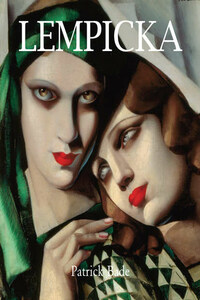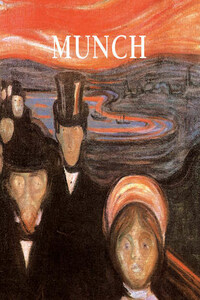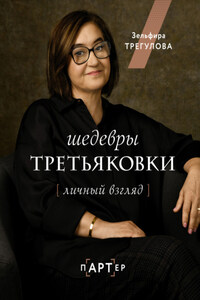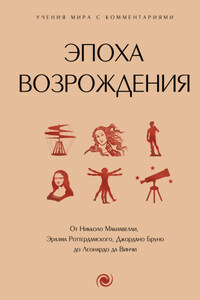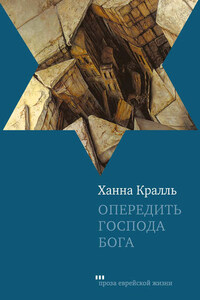Tamara de Lempicka in evening dress, c. 1929. Black and white photograph on paper, 22.3 × 12 cm.
Tamara de Lempicka created some of the most iconic images of the twentieth century. Her portraits and nudes of the years 1925–1933 grace the dust jackets of more books than the work of any other artist of her time. Publishers understand that in reproduction, these pictures have an extraordinary power to catch the eye and kindle the interest of the public. In recent years, the originals of the images have fetched record sums at Christie’s and Sotheby’s. Beyond the purchasing power of most museums, these paintings have been eagerly collected by film and pop stars.
In May 2004, the Royal Academy of Arts in London staged a major show of de Lempicka’s work just one year after she had figured prominently in another big exhibition of Art Deco at the Victoria and Albert museum. The public flocked to the show despite a critical reaction of unprecedented hostility towards an artist of such established reputation and market value.
In language of moral condemnation hardly used since Hitler’s denunciations of modern art at the Nuremberg rallies and the Nazi-sponsored exhibition of Degenerate Art, the art critic of the Sunday Times, Waldemar Januszczak, fulminated “I had assumed her to be a mannered and shallow peddler of Art Deco banalities. But I was wrong about that. Lempicka was something much worse. She was a successful force for aesthetic decay, a melodramatic corrupter of a great style, a pusher of empty values, a degenerate clown and an essentially worthless artist whose pictures, to our great shame, we have somehow contrived to make absurdly expensive.”
According to Januszczak, de Lempicka did not arrive in Paris in 1919 as an innocent refugee from the Russian Revolution but on a sinister mission, intending “an assault on human decency and the artistic standards of her time.” One cannot help wondering what it was about de Lempicka’s art that should bring down upon it such hysterical vituperation. There is a clue perhaps in his waspish observation “Luther Vandross collects her, apparently. Madonna. Streisand. That type.”
The hostility is perhaps more politically than aesthetically motivated and what really got under the skin of certain critics was the glamorous life style of Tamara’s collectors as well as of her sitters.
